Role of Data Analytics in Education
Data analytics runs across different industries, and education is no exception. Now, data analytics is changing the education world and bringing new techniques and methods to improve learning that used to be solely based on traditional methods. Those days are gone, as educators, administrators, and policymakers are harnessing the power of data to drive advancements in education and make informed decisions for the students.
Understanding How Data Analytics is Transforming Education
Enhancing Student Performance
Something that might be considered as the most considerable outcome of data analytics in education is the improvement of students’ performance. From the analysis of the results of quizzes, tests, writing assignments, and sometimes even attitude and behavior, data analytics has turned out weak students to be productive. This concept enables prevention, for instance, exceptional teaching, more materials, or academic approaches that might help a student in need of specific assistance. Therefore, students are inclined to perform better in their classes and receive fair encouragement for their efforts in education.
Improving Teaching Strategies
Data analytics also gives teachers the capability to analyze their classroom strategies. From observing students’ results, one always realizes the advanced ways of teaching and where changes may be necessary. The approaches used in this method enhance the practice of teaching techniques and, therefore, increase student attendance and understanding. It benefits students in all ways.
Optimizing Resource Allocation
Some of the common challenges that education stakeholders come across include a lack of resources, as illustrated by funding, human resources, and infrastructural resources, among others. Data analytics enables one to know where resources are needed the most through the determination of deficiency rates. For example, identifying the pattern of enrollment and the learners’ characteristics will inform decisions such as staffing and program delivery. This allows for resources to be deployed appropriately to meet the new needs of the students and other users of the social institutions.
Enhancing Institutional Decision-Making
Analyses produce comprehensive information for school administrators and policymakers’ decision-making process for effective and efficient schooling. Whether the decisions require curriculum development, budget approval, or determining the impact of education programs, evidence-based choices are likely to offer better outcomes and enhance institutional efficiency.
Challenges and Considerations
As to the benefits, data analytics has a list of solutions for problems in the education system as follows: Despite all the potential, there are some issues that are necessary for consideration, including data privacy, quality of data, and readiness of educators & administrators for analytics. Solving these issues is essential to unleashing the full potential of data analytics while protecting the clients and students’ rights.
Supporting Student Engagement and Retention
Data analytics help educators understand student behavior and improve student engagement and retention rates. By examining aspects such as student attendance, participation, and interaction with learning materials, educators can identify at-risk students and execute targeted interventions to keep them on track. This personalized approach not only improves student success but also fosters a supportive learning environment.
Help Struggling Students
Students failing in their classes and being placed on academic probation often lead to severe consequences for both educational institutes and students. Data analysis helps identify such weak spots. Setting up alerts on students failing their classes lets teachers adopt a proactive approach to providing the right help instead of letting them fall through the gap.
Customize Learning Programs
Most successful educational institutes offer a range of customized programs for individual students. Even when the number of students is extraordinarily high, as in schools and colleges, personalized study programs are in great demand. With the help of Azure data analytics, these can be offered as “blended learning,” which is a combination of online and offline modes.
Interested students can work and learn at their own pace while following classes and guidance offered by faculty in either mode.
To Conclude:
Data analytics can transform the education system by improving students’ results, teaching practices, and proper decision-making. Therefore, to simplify your big data, integrating Azure into the data analysis can help educational institutes and educators identify potential student groups, access students’ learning graphs, improve learning experiences, and expand career options.
As we at Nettfy Technologies continue to welcome new technology and innovation in the education world, data analytics will undoubtedly play a pivotal role in increasing productivity and shaping the future of students to new heights. By leveraging Azure cloud platform services effectively, educational institutions can bring new opportunities for success in education and bring solutions. Adopting data-driven practices is essential for staying competitive in today’s dynamic educational landscape and preparing students for the challenges of tomorrow. This data-driven approach enhances teaching strategies and improves operational efficiencies within academic institutions. Nettfy Technologies leverages advanced Azure data solutions to foster a more adaptive and effective learning environment. Ensuring students receive tailored support and educators can make informed decisions to drive academic success.


